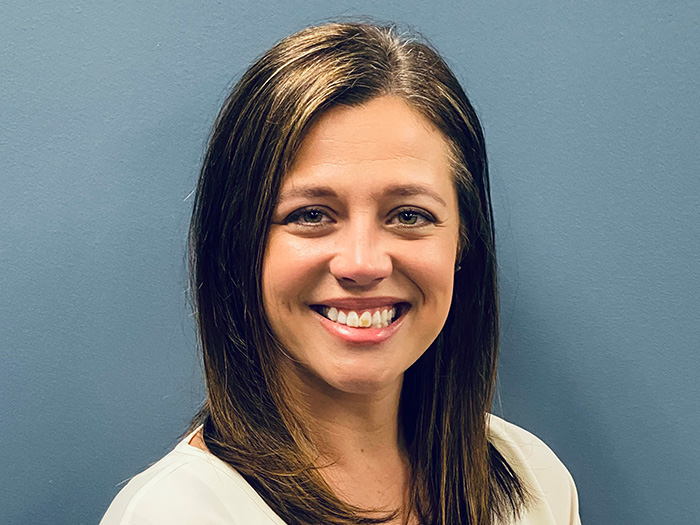Risk Insider: Tron Emptage
Status Quo? I Say No
Pharmacists are the health care system’s medication experts, yet oftentimes they are excluded from working within care teams, especially in the ambulatory care setting.
Here is my perspective on why we need to think about pharmacists differently.
In my experience, pharmacists do so much more than just fill prescriptions. Sure, he or she may reside behind the counter at the pharmacy overseeing all prescription dispensing, but from there the pharmacist also facilitates both health care provider collaboration and patient care coordination on a daily basis.
They speak with physicians, nurses, nurse case managers, pharmacy benefit managers and patients, which in our industry are injured workers.
All the while, they follow state of jurisdiction requirements, bear in mind generic and therapeutic alternatives, watch for potential drug-drug interactions, caution on potential medication side-effects and help determine the most cost-effective treatments for their patients.
A pharmacist may be able to advise an injured worker on when to see their doctor or what to do should a medication issue arise once they get home, especially if that patient is transitioning from a facility back to their residence.
Their provider and patient interactions promote medication adherence, answer patient questions about their medications, and reinforce medication safety.
In a society struggling with how to safely and efficaciously include opioid analgesics as part of an injured worker’s medication therapy regimen, pharmacists often are among the first to identify the warning signs of misuse, abuse or even fraud.
According to the National Community Pharmacists Association (NCPA), independent community pharmacists speak with physicians 8.7 times per day regarding a patient’s medication therapy. Physicians accept their generic product recommendations 91 percent of the time, and other recommendations 78 percent of the time.
Furthermore, the pharmacist may just be the most accessible health care professional in our health care system today. Generally, a patient (or our injured worker) does not need an appointment to speak with their pharmacist.
During the visit to the pharmacy to pick up their medications that same injured worker can obtain information about his or her prescriptions, talk about their overall medication therapy regimen (for all of their health conditions), review the diagnosis their physician made (as related to his prescription therapy), and receive guidance on how to identify and potentially avoid side-effects.
A pharmacist may be able to advise an injured worker on when to see their doctor or what to do should a medication issue arise once they get home, especially if that patient is transitioning from a facility back to their residence.
Pharmacy continues to be a cost driver in our workers’ compensation claims. It continues to be a major driver of our settlement costs as we look to close claims, especially older, more established claims. And we continue to see growing pharmaceutical therapy challenges in health care and workers’ compensation.
Challenges like the opioid epidemic, the increasing evidence on the major side-effects of non-steroidal anti-inflammatory medications, the growing use of medical marijuana for chronic conditions, and the difficulties of dependence and addiction to many medication classes, to name a few.
But even with these challenges, we know where to turn … turn toward the counter and talk to your pharmacist. Let’s keep them, with their watchful eyes and expertise, not overlooked, but included on our claims management and care teams.










